Tips to Decrease eCommerce Cart Abandonment

Shopping cart abandonment is simply when a customer adds a product(s) to their check-out basket but then fails to complete the purchase. It’s an issue that many eCommerce merchants face and it equates to the loss of revenue opportunities.
This potential revenue loss can be avoided in most cases if retailers can understand what obstacles stand in their consumers’ way, and what steps they can take to reduce purchase friction.
Common Reasons for Shopping Cart Abandonment
Here are some of the key reasons merchants experience a high shopping cart abandonment rate:
- Mandatory account creation.
- Long or confusing checkout process.
- No discounts or promos to use.
- Unexpected shipping costs.
- Longer than expected delivery times.
- Site speed and app performance issues.
- Unclear return or refund policy.
- Lack of payment options.
- Payment security concerns.
- Restrictions on product quantity.
- Competitor shopping options.
Tips to Reduce Shopping Cart Abandonment
There are many ways to reduce shopping cart abandonment and transform baskets into completed purchases:
Provide guest checkout options – Let shoppers sidestep account creation if they so wish. This reduces the time it takes to check out by removing additional steps while enabling those who don’t wish to share their personal information to complete a purchase confidently.
Add thumbnails of products throughout the checkout process – Including a product image plus a summary of key product specifications allows shoppers to see exactly what they have in the cart, so they do not leave the page to go back and review their choices again.
Use progress indicators on the checkout page – Progress bars are a great tool to let users know how many more steps remain in the purchase process flow. This creates a sense of momentum that reduces the likelihood of someone dropping off due to an unclear checkout process.
Be transparent about all costs – Be upfront about fees associated with shipping, handling, and taxes. Ideally, this information is displayed on the product page.
Show total savings at checkout – If customers used a promo code or discount, show how much has been deducted from the original price. This makes customers feel like they’re getting a good deal and they will be less likely to have misgivings.
Offer several payment options – Customers want to use their preferred payment method, especially if it’s more convenient and means they don’t have to enter their billing information every time they purchase from a new brand.
Offer free shipping – Free shipping reduces the purchase cost, making people less likely to reconsider, especially when it comes to impulse buys.
Include strong call to actions on checkout pages – Users will abandon their carts if the next step in the checkout process isn’t clear. Highlight the next step in the payment process using call to actions that tell the user what to expect. Make it clear that users will have the chance to review their purchase before hitting the final ‘Confirm and Pay’ button.
Make navigation between cart and store effortless – Users should be able to toggle between cart and store in a single click. This way, if they want to add additional items to their cart or reconfirm an item’s specs before checking out, they can do so easily.
Be transparent – Display all key payment information on a single page including: product details, buyer information, shipping address and delivery date, payment methods, and clear and concise return/refund policies.
Offer live chat support – Live chat support allows customers to have their query answered promptly, thereby assuaging any concerns they might have that would preclude a purchase.
Optimize page load speeds – Keep a close eye on site availability and uptime, especially during peak times. Slow page load speed can seriously dent conversion rates.
Learn More About Our eCommerce Solutions:
Contact us online or call 1-800-621-8931.
Subscribe to Card Talk
Our monthly newsletter delivers the latest payments news straight to your inbox


